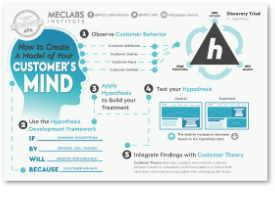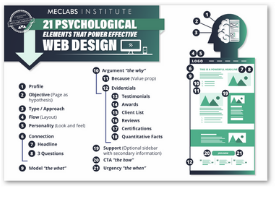Six reasons ClifBar customer service emails stand out
Just got a note from Clif Bar customer service in response to a query about their product that I posted using their site form yesterday. If you are in charge of deciding what your customer service email should look like, you might want to steal an idea from them:
1. The “From” was a real person’s name. In fact it’s the name of the person who signed the letter.
2. The subject line simply read: CLIF BAR INC which is pretty bare bones, but since they didn’t use their brand name in the “from” line sticking it prominently in the subject line was mission critical. Also, because it didn’t use up all 30 charactors or so that I can see of subject lines in my inbox, it actually really stood out due to brevity. Plus it just looked honest. So despite the fact that I get so much spam these days I often enough delete “real” messages by mistake that get caught up in it, I noticed this one.
3. The letter was in text-only. No HTML.
4. The letter started with a few lines of white space, which caught my attention because it was, well, odd. Then there was today’s date, then a few more lines of white space and then a salutation “Dear Anne”…. and oh I get it, it’s a real letter!
You know, suddenly it felt very honest and respectful and pleasant. Especially after spam overload.
5. After giving me some advice about my question (including handy links) the last paragraph gave me a toll free phone number to call plus an email address if I had any more questions.
6. Just like a “real letter” it ended with a “Sincerely,” and then a real person’s name and title there at Clif.








